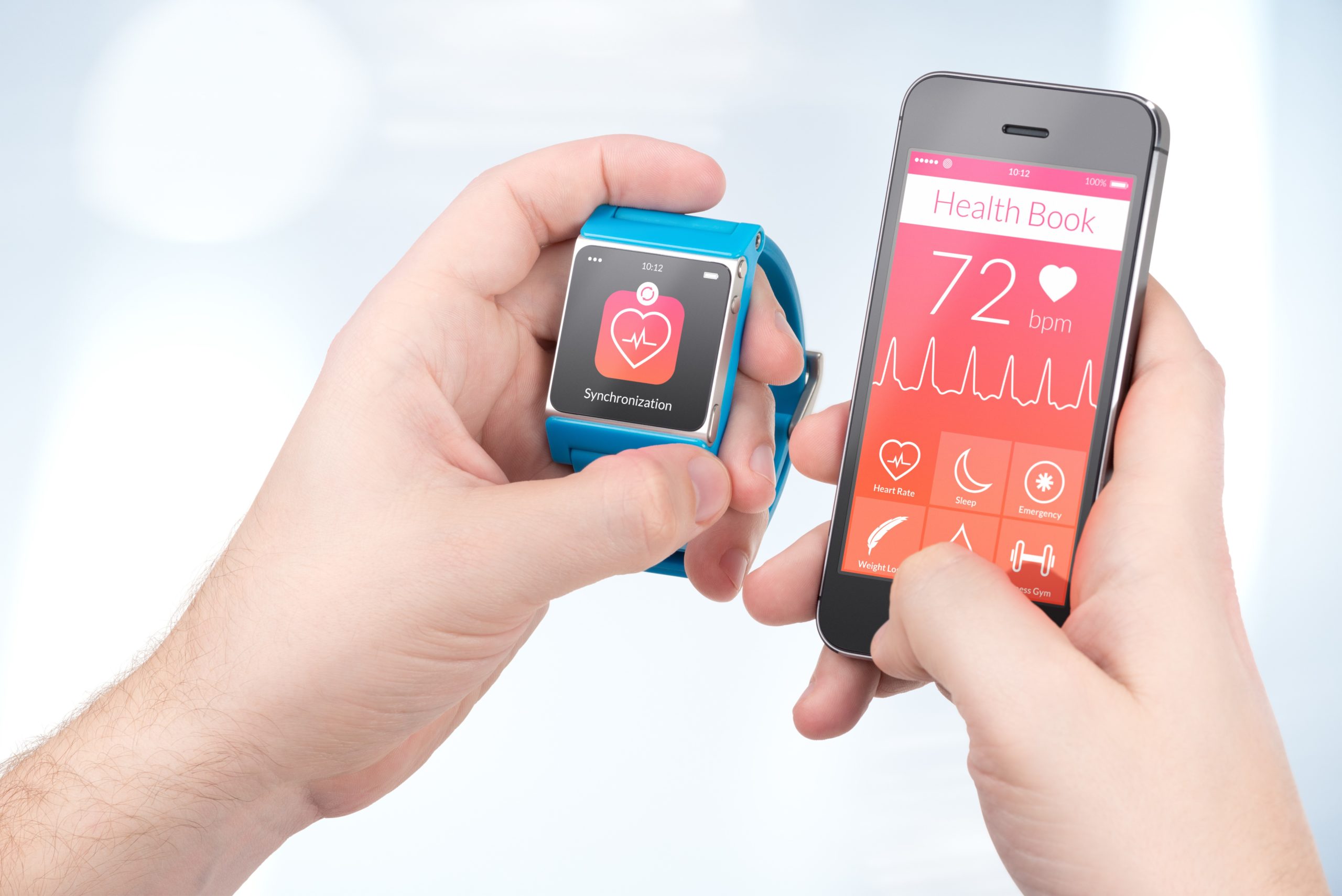PGHD (Patient-Generated Health Data)
The average American has their mobile phone with them pretty much all the time. Many other Americans are using some of the more popular wearables on the market, such as the Apple Watch and FitBit. These have the potential to be more than just cool gadgets, though. These and lots of other high tech tools can provide patient-generated health data (PGHD), which doctors can then use to better understand and treat their patients. Let’s explore this next frontier inpatient care.
What is PGHD?
Patient generated health data, or PGHD, is exactly what it sounds like – health-related data that is produced, documented, or collected by patients or their caregivers as pursuant to a health condition. There are many items that can be considered PGHD, including treatment history, symptoms, health history, biometric data, and lifestyle choices. Essentially, PGHD is different from the data doctors gather in a clinical setting during patient visits in two main ways: First, patients are the ones gathering this data on their own, and second, patients have the right to determine how they will share this data with their health care providers. Some examples of PGHD would be exercise data recorded on a smartwatch or a blood pressure reading using at-home health equipment.
How is PGHD generated?
PGHD is generated through the use of mobile applications, wearable devices, registered medical devices, and surveys and questionnaires. Each of these avenues for the generation of PGHD are utilized in a patient’s day to day life, outside of the traditional venue of a medical practice or other healthcare centers.
How should practices use PGHD?
There are three main purposes for which practices should use PGHD:
- Increased accuracy of patient health information
- Greater knowledge of a patient’s overall health condition
- A look at a patient’s health status between office visits, with the goal of being more hands-on in treatment plans and avoiding the need for extraneous office visits.
Practices that are ready to implement the use of PGHD in their practice would be wise to start on a small scale, as with any new endeavor. First, it’s best to devise a strategy for how you will collect and use PGHD, and educate your office staff on what PGHD is, why it’s important for your office to use it, and how it’s meant to improve patient outcomes. Next, consider what your practice may already be doing that can allow for the collection of PGHD, look for where you need more intentional PGHD collection, and decide on how you’ll make that transition. Then, as with any program in your practice, you must implement clear procedures and policies for the program. Next, bring your patients in on the plan, letting them know that you will be utilizing PGHD for their benefit, how they can provide this information, and what they can expect as far as how your practice will use the data they provide. Finally, implement the beginning program and monitor for where changes may be needed, and build from there.
Why is this important?
PGHD has the ability to be a game changer when it comes to understanding the full picture of your patients’ health. There’s a lot that happens between office visits, and previously physicians were in the dark about that. With PGHD, you can fill in those gaps and thus provide better treatment. This allows for better chronic care management, improved patient safety, and stronger treatment plans overall. This is perfect for use in today’s value-based care landscape where patient outcomes are, rightfully, everything.
Traditionally, providers have monitored their patients’ health, essentially, on a sporadic basis, getting small glimpses of the overall picture during face-to-face visits. With the advent of patient generated health data (PGHD), providers can see the full picture of a patient’s health and provide better care, improving patient health outcomes and so fulfilling an important piece of the requirements of many of today’s regulatory programs. The potential of using PGHD in your practice truly can’t be understated; practices who want to be on the forefront of what’s happening in healthcare today must consider implementing PGHD in their practice. Your patients will thank you.




